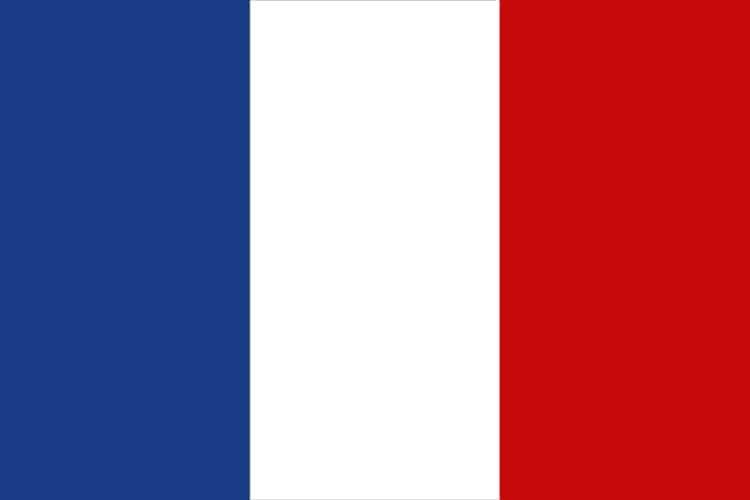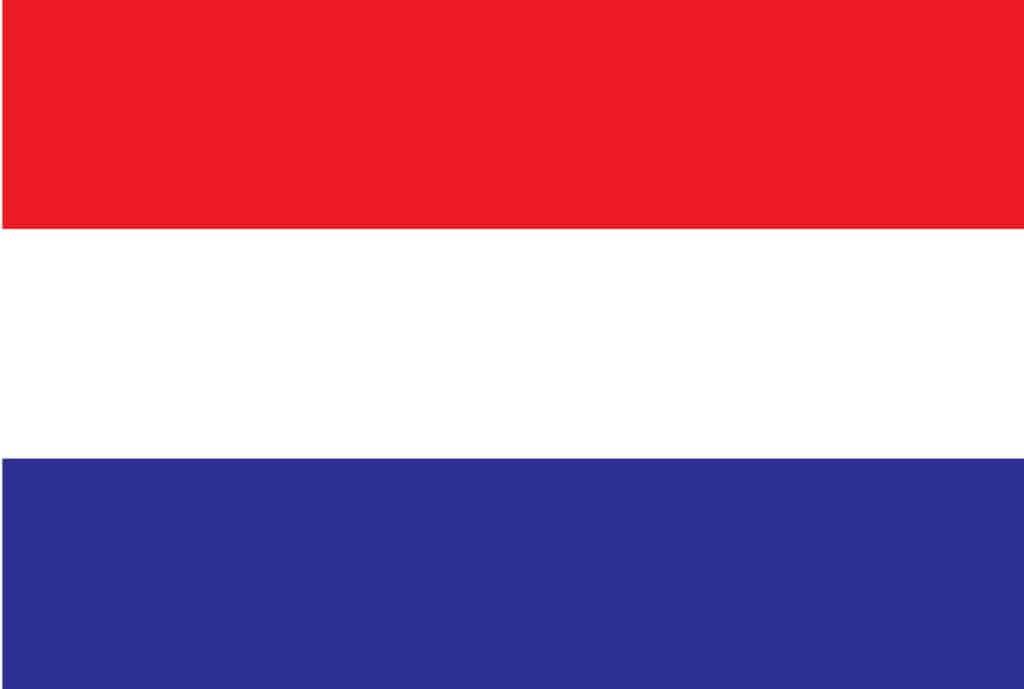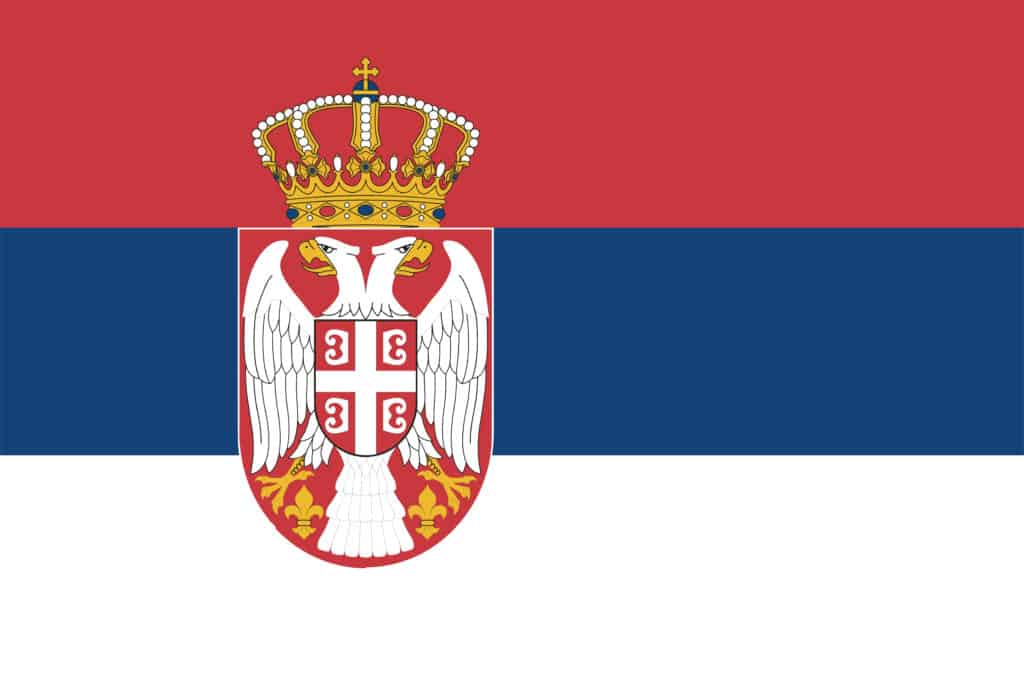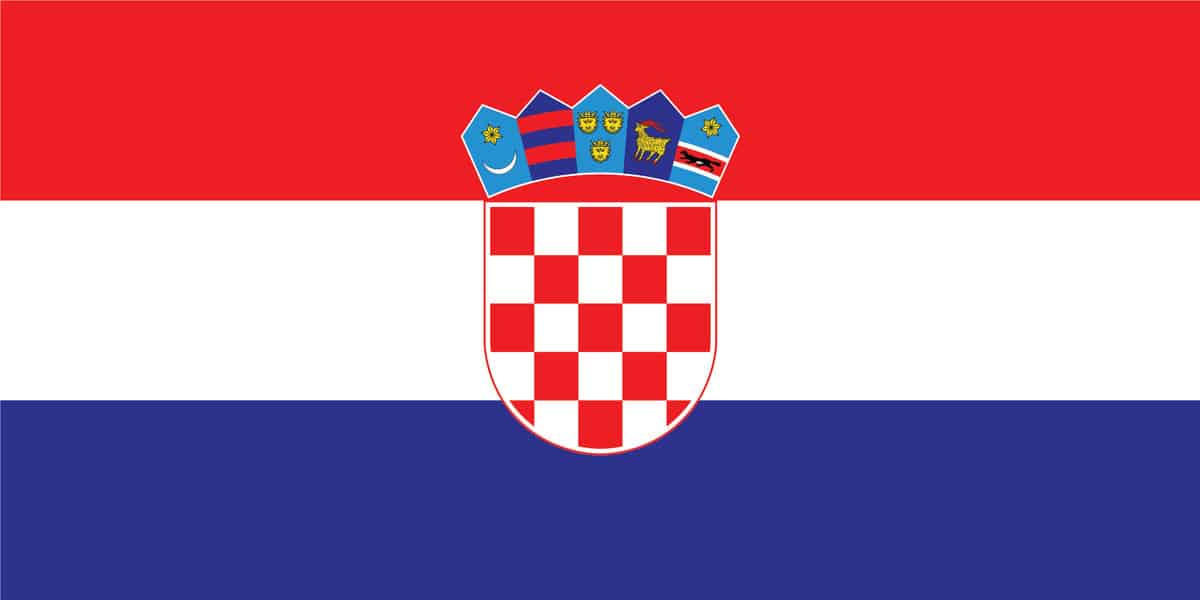When you look at the French, Dutch, Serbian, Croatian, and Russian flags, you may think they all had the same designer. Each flag features the same colors: red, white, and blue in three vertical or horizontal stripes. Despite having a similar appearance, each flag has its own unique features and historical significance. So what is the difference between the French flag, Dutch flag, Serbian flag, Croatian flag, and Russian flag?
The main difference between the French, Dutch, Serbian, Croatian, and Russian flags is what inspired the colors and symbols used to represent the country as a whole. Each country has its own rich, unique history that molded the choice of colors and symbols on each of these flags.
In this article, we’ll take a look at each country’s flag, discussing the symbolism of the colors and images that inspired these national symbols.
Flag of France

France is the only country on this list that has a flag with vertical stripes. From right to left, the flag is blue, white, and red, and this tricolor design inspired many other nations to design similar flags. The colors symbolize several different things throughout France’s deep and complicated history, and the combination first appeared after the French Revolution to show the country’s move away from its monarchy.
Blue and white have long historical significance in France and are also the traditional colors of Paris. They were worn by Paris militia who stormed Bastille in 1789, and white was then added to the flag to represent the revolutionary aspects of the country.
Additionally, the colors represent three “estates of the Ancien Regime,” a political and social system before the French Revolution. The white represents the clergy, red the nobility, and blue the bourgeoisie. These three separate social and political classes are common in many of Europe’s flags.
Flag of Russia

The national flag of Russia is another tricolored flag, this time featuring three horizontal stripes, white on the top, blue in the middle, and red on the bottom. The flag was originally adopted by Peter the Great in 1693 but was officially adopted again in 1991 after the collapse of the Soviet Union.
The colors officially represent attributes attributed to the Russian people: white represents frankness and nobility, blue symbolizes chastity, faithfulness, and honesty, and red represents love, generosity, and courage.
These colors also have an unofficial interpretation, as well. Together, the three colors represent the Russian commonwealth, White, Little, and Great Russia. Some of these territories no longer belong to Russia, though many Russians think they still are.
Flag of the Netherlands

Inspired by the French and Russian flags, the colors of the Dutch flag come in three vertical stripes, red on top, white in the middle, and blue on the bottom. The tricolor flag of the Netherlands also represents the country’s transition from monarchy to republic.
For this flag, the colors also hold a special meaning besides the people, the church, and the nobility. The red stripe symbolizes valor, hardiness, strength, and bravery. The white band represents honesty and peace. And lastly, the blue band symbolizes justice, loyalty, truth, perseverance, and vigilance.
Originally, the red bar at the top of the Dutch flag was Orange, which is a color often attributed to the country and still worn on national holidays. This color represented the royal family from the House of Orange. The orange color of the flag eventually was traded out for red, though no one knows the real reason.
Flag of Serbia

The Serbian flag is another tricolor design with vertical stripes, with red on the top, followed by blue in the middle, and finally white on the bottom. For Serbia, the red stripe represents the blood shed for the country, while the blue symbolizes freedom, and the white stripe is the embodiment of the mother’s milk, producing strong Serbian children.
What makes the Serbian flag unique, though, is the coat of arms posted in the middle of the flag. It features a two-headed silver Serbian eagle holding a red shield with a white cross. Attached to the top of the coat of arms is an elaborate crown, which represents the Serbian monarchy of the past.
These images combined represent the national identity of Serbian people throughout history, with many of these images present in art, architecture, and relics from the Byzantine era onward. The eagle is said to have one head looking toward the heavenly kingdom, and the other toward the early kingdom. Finally, the cross represents Serbia’s Christian roots.
Flag of Croatia

With another red, white, and blue tri-colored design, Croatia’s flag shares similarities with other Slavic countries. The red stripe on the top of the flag represents the kingdom of Croatia. The white stripe in the middle symbolizes the kingdom of Slavonia. Finally, the blue stripe on the bottom represents the kingdom of Dalmatia. These are historically the three regions that made up Croatia.
What distinguishes Croatia’s flag from the others is the coat of arms slapped directly in the middle of this flag. The red and white checkered shield is a symbol used in the earliest years of the Kingdom of Croatia. There are 25 total red and white squares, with the square in the upper left corner distinguishing the coat of arms from the communist and Nazi regime’s white checker.
Resting on top of the shield is a crown made up of five smaller shields. Each represents a different region once part of Croatia’s empire. Here is what each of them represents from left to right:
- Light blue shield with a crescent moon and morning star. This is the oldest Croatian coat of arms on record.
- Dark blue shield with two horizontal red stripes. This symbolizes the Republic of Dubrovnik’s coat of arms.
- A light blue shield with three golden, crowned lion heads. This is the Dalmatian coat of arms.
- A navy shield with a golden goat with red horns and hooves. This represents the Istrian coat of arms.
- A light blue shield with horizontal silver stripes, a marten between them. The stripes represent the Drava and Sava rivers that surround Slavonia while the marten is an important Croatian animal. This is the Slavonian coat of arms.
Conclusion
It’s no coincidence that these countries’ flags have visual similarities; they all have a history steeped in monarchies, faith, and eventual republics. The qualities and historical significance of the colors and symbols present on each flag, however, are what makes each country unique.
